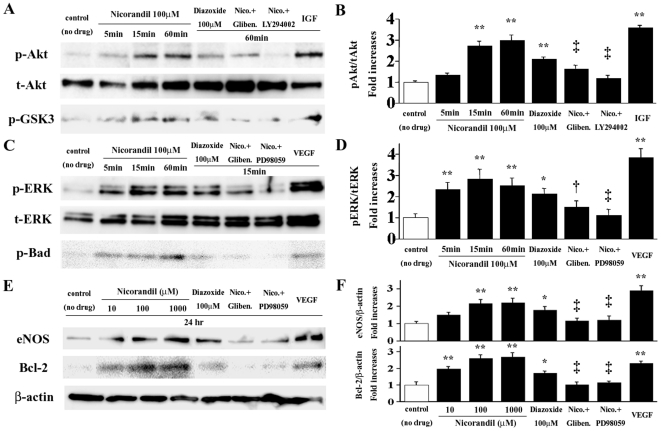Figure 8. Nicorandil activates the PI3K/Akt and ERK pathways in HUVECs.
(A) Nicorandil and diazoxide increased Akt serine-473 and GSK-3 phosphorylation in the serum-starved HUVECs, while these effects of nicorandil were blocked by glibenclamide and the PI3K inhibitor LY294002. (B) The Akt phosphorylation (p-Akt) data are expressed as fold increases normalized to the total Akt (t-Akt) expression. IGF, insulin-like growth factor (positive control). ** P<0.01 vs. control (no drug); ‡ P<0.01 vs. 60-min nicorandil treatment. (C) Nicorandil and diazoxide also increased ERK1/2 threonine-202/204 and Bad serine-112 phosphorylation in the HUVECs, while these effects of nicorandil were blocked by glibenclamide and the MEK inhibitor PD98059. (D) The ERK phosphorylation (p-ERK) data are expressed as fold increases normalized to the total ERK (t-ERK) expression. * P<0.05 and ** P<0.01 vs. control (no drug); † P<0.05 and ‡ P<0.01 vs. 15-min nicorandil treatment. (E) In serum-starved HUVECs treated with nicorandil for 24 h, the expression of eNOS and Bcl-2 was upregulated in a concentration-dependent manner, while these effects were blocked by glibenclamide, LY294002 (data not shown), and PD98059. (F) eNOS and Bcl-2 expression data are expressed as fold increases normalized to the β-actin expression. * P<0.05 and ** P<0.01 vs. control (no drug); ‡ P<0.01 vs. 100-µmol/L nicorandil treatment.

